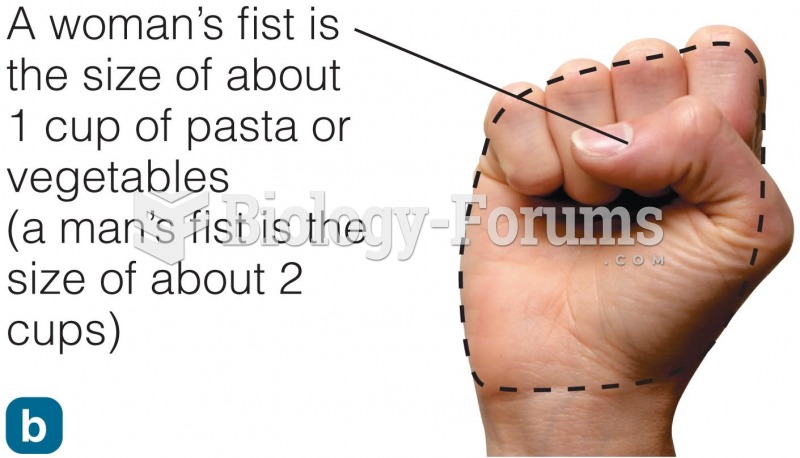|
|
|
Complications of influenza include: bacterial pneumonia, ear and sinus infections, dehydration, and worsening of chronic conditions such as asthma, congestive heart failure, or diabetes.
Between 1999 and 2012, American adults with high total cholesterol decreased from 18.3% to 12.9%
The newest statin drug, rosuvastatin, has been called a superstatin because it appears to reduce LDL cholesterol to a greater degree than the other approved statin drugs.
People who have myopia, or nearsightedness, are not able to see objects at a distance but only up close. It occurs when the cornea is either curved too steeply, the eye is too long, or both. This condition is progressive and worsens with time. More than 100 million people in the United States are nearsighted, but only 20% of those are born with the condition. Diet, eye exercise, drug therapy, and corrective lenses can all help manage nearsightedness.
Symptoms of kidney problems include a loss of appetite, back pain (which may be sudden and intense), chills, abdominal pain, fluid retention, nausea, the urge to urinate, vomiting, and fever.
 The percentage of women over 40 in the United States who are childless has almost doubled in the ...
The percentage of women over 40 in the United States who are childless has almost doubled in the ...
 Hannah Höch, Cut with the Kitchen Knife Dada through the Last Weimar Beer Belly Cultural Epoch of ...
Hannah Höch, Cut with the Kitchen Knife Dada through the Last Weimar Beer Belly Cultural Epoch of ...





